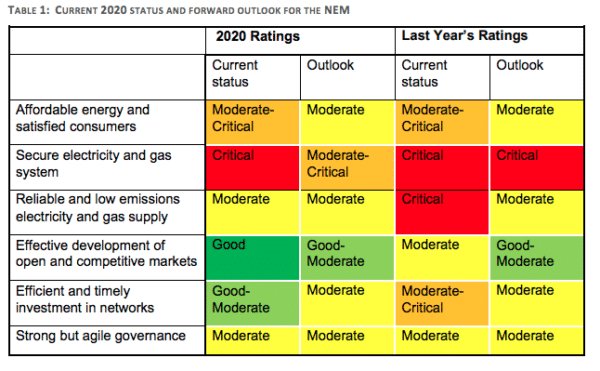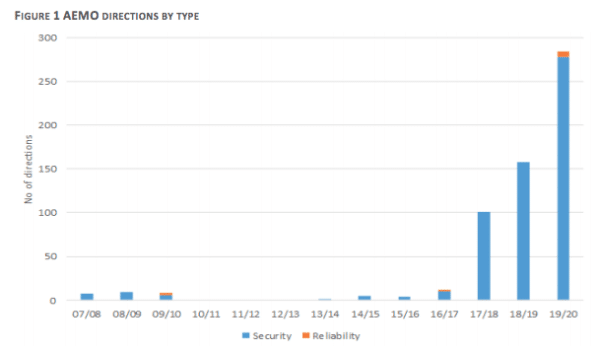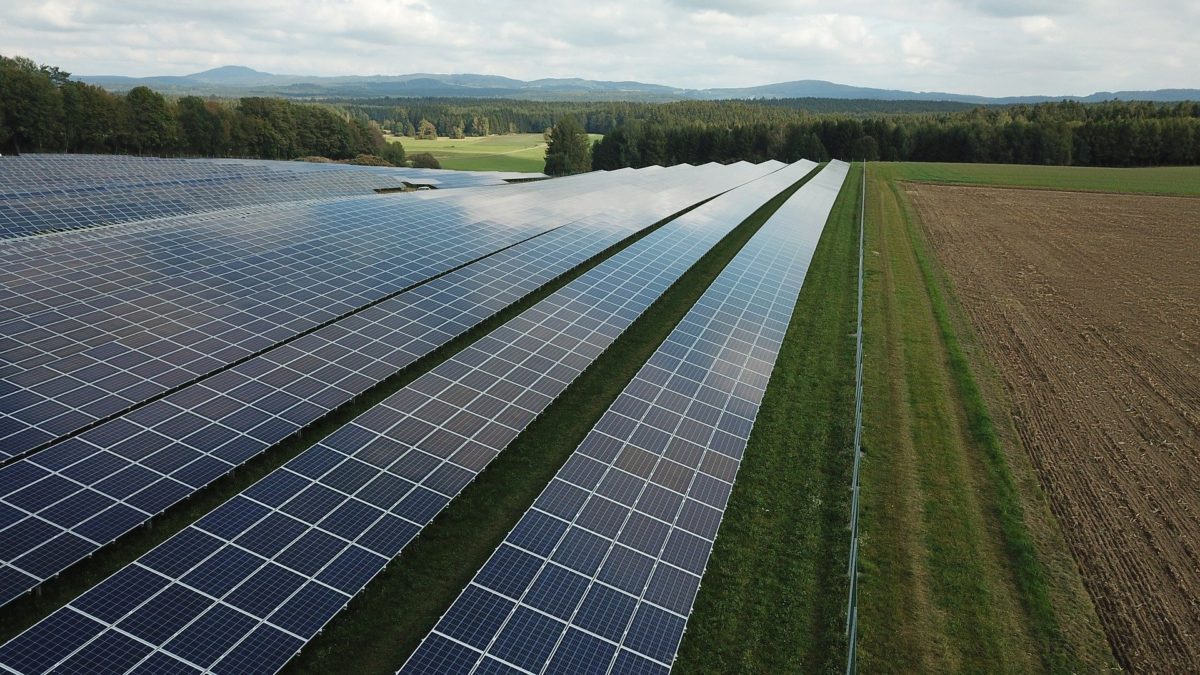While 2020 saw real progress in terms of energy generation capacity and reliability, emissions reduction, competition and network investment, Australia’s National Energy Market (NEM) continues to have issues around stability and investor confidence, according to the Energy Security Board’s (EBS) Health of the NEM report published today.
Translating these identified issues into reform solutions following consultation with industry and governments in 2020, the EBS concurrently published its Post 2025 Market Design Directions Paper today. In it, the Board recommended the early implementation of Renewable Energy Zones (REZ). It also flagged that it will focus on actioning the Integrated System Plan.
“The Health of the NEM clearly shows the repercussions of rapid change in our electricity system and highlights the absolute urgency of addressing them,” EBS Chair, Dr Schott, said in a statement.

Energy Security Board
“While many people in the energy sector have different perspectives on the possible solutions or priorities, everyone agrees on the problems we identified earlier in this process. What we have in place now is no longer fit for purpose for the energy transition and beyond.”
“It’s now time for tough, united, decisions. If we keep kicking this further down the road, it’s going cost us all more for electricity in the future.”
Over the next two decades, between 26 GW and 50 GW of new large scale variable renewable energy (VRE) is forecast to come online. This is in addition to existing, committed and anticipated projects. It will be supported by between 6 GW and 19 GW of new flexible and dispatchable resources. These arrival of these new energy sources will coincide with the retirement of about 16 GW of thermal generation, translating to 61% of the current coal fleet in Australia’s National Energy Market.

Energy Security Board
“We are concerned about security constraints in some parts of the NEM and the increasing pressure on distribution networks from growing rooftop solar penetration.
“This, combined with growing large scale renewable generation and low wholesale prices, means it is vital that post 2025 reforms are put in place that can work alongside government policy schemes.”
Responding to the Directions Paper, the Clean Energy Council this afternoon put out a statement in support of the ESB’s report. They applauded the Board’s embrace of REZ as well as its plan to defer transmission access reforms, more commonly referred to as the coordination of generation and transmission investment – COGATI – initiative. “COGATI will do very little to improve the coordination of generation and transmission while increasing risk, complexity and cost to the market,” the Council’s statement read.
“The Clean Energy Council is also pleased that the ESB is progressing the essential system services work through several rule change processes and the continued assessment of an ageing thermal generation retirement strategy.”
The ESB has five members including Dr Schott AO who is the Independent Chair; David Swift, Independent Deputy Chair; Clare Savage, Chair of the Australian Energy Regulator; Merryn York, Acting Chair of the Australian Energy Market Commission and Drew Clarke, Chair of the Australian Energy Market Operator.
In the coming months, the Board will develop detailed market designs for energy ministers. It will hand down final recommendations to government in mid 2021.
Reforms to be progressed address four focus areas of need:
- Resource adequacy through the transition – to ensure the right mix of reliable and affordable energy as the NEM system continues its transition to lower emissions and new generation technologies.
- Essential system services and scheduling and ahead mechanisms – building a stronger power system as change occurs by ensuring resources and services are in place to manage the complexity of dispatch.
- Demand side participation – progressively provide opportunities for energy consumers to make the consumption (and generation) choices that best suit them and the NEM.
- Access and transmission – providing networks the ability to meet future needs including connection of more renewables, and at the lowest possible cost. This includes early implementation of renewable energy zones.
This content is protected by copyright and may not be reused. If you want to cooperate with us and would like to reuse some of our content, please contact: editors@pv-magazine.com.









1 comment
By submitting this form you agree to pv magazine using your data for the purposes of publishing your comment.
Your personal data will only be disclosed or otherwise transmitted to third parties for the purposes of spam filtering or if this is necessary for technical maintenance of the website. Any other transfer to third parties will not take place unless this is justified on the basis of applicable data protection regulations or if pv magazine is legally obliged to do so.
You may revoke this consent at any time with effect for the future, in which case your personal data will be deleted immediately. Otherwise, your data will be deleted if pv magazine has processed your request or the purpose of data storage is fulfilled.
Further information on data privacy can be found in our Data Protection Policy.